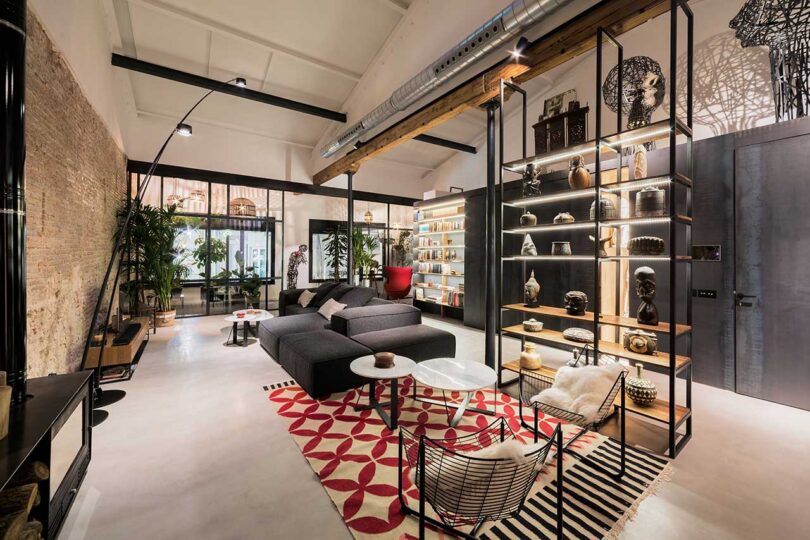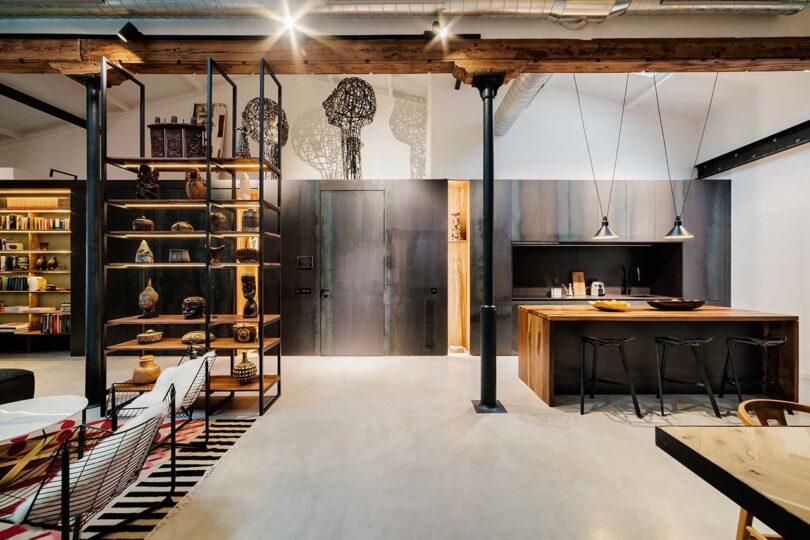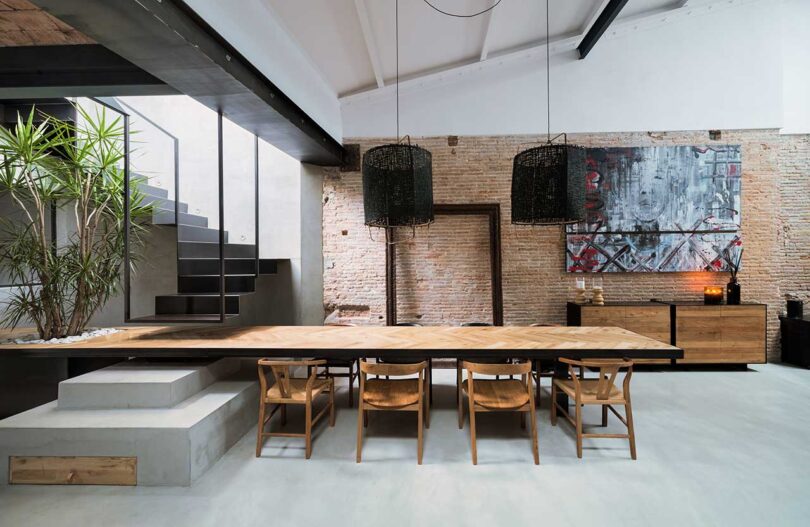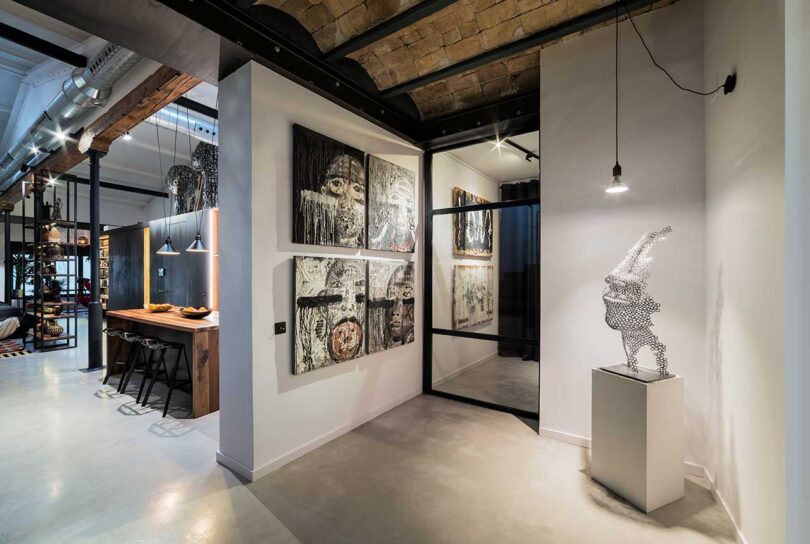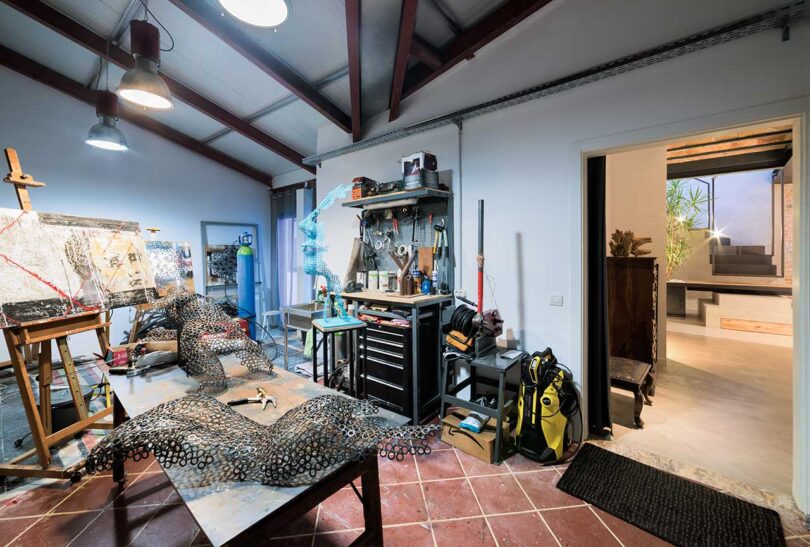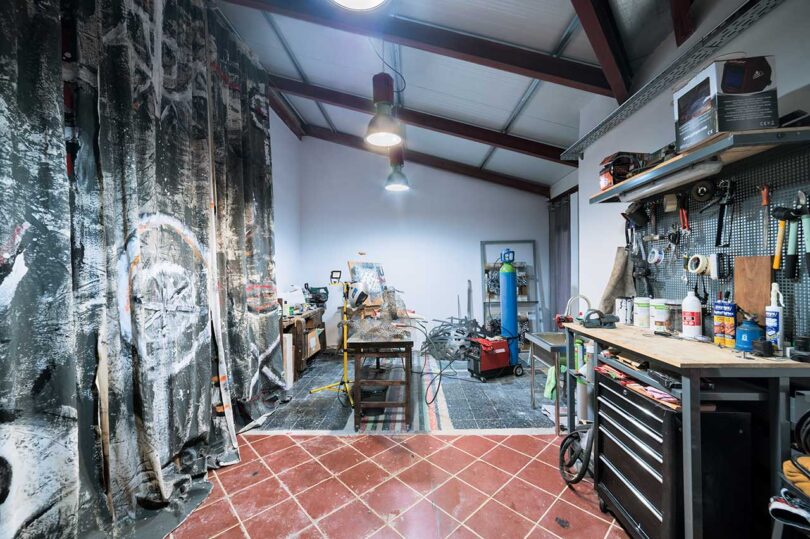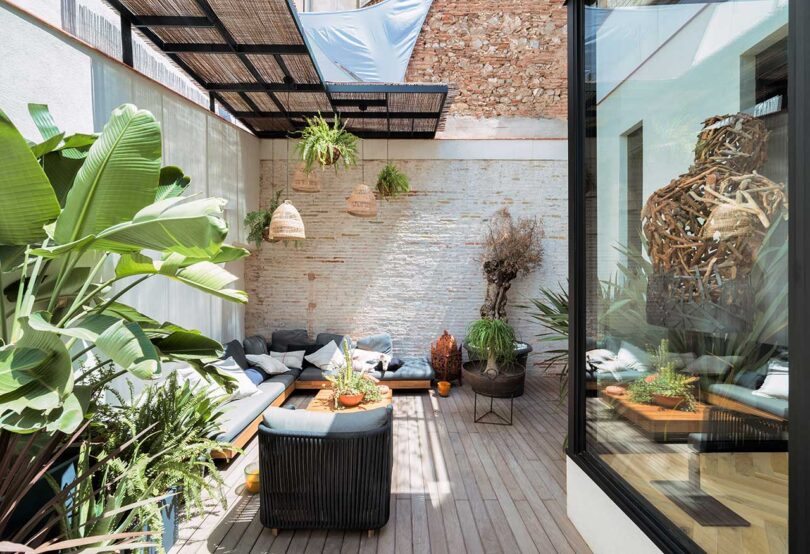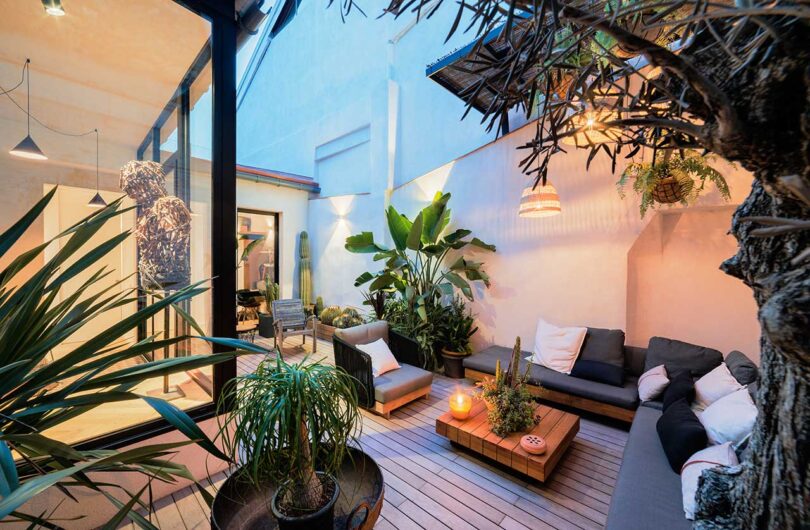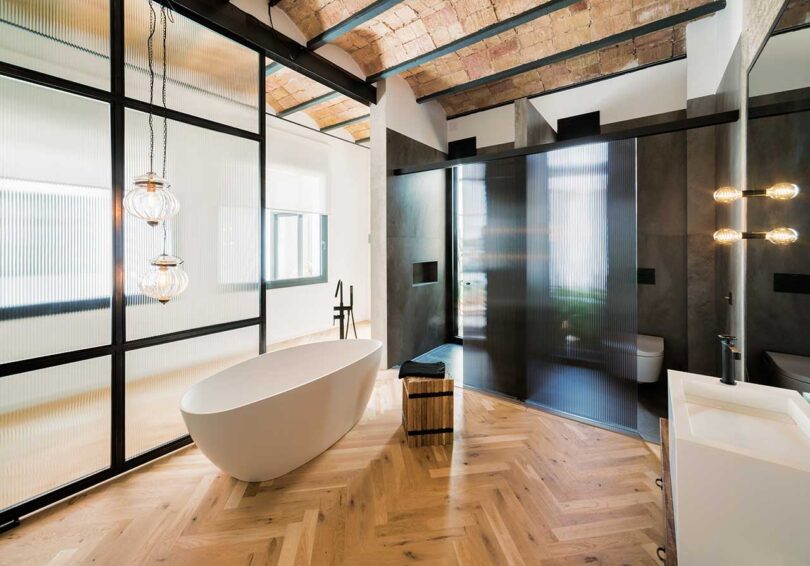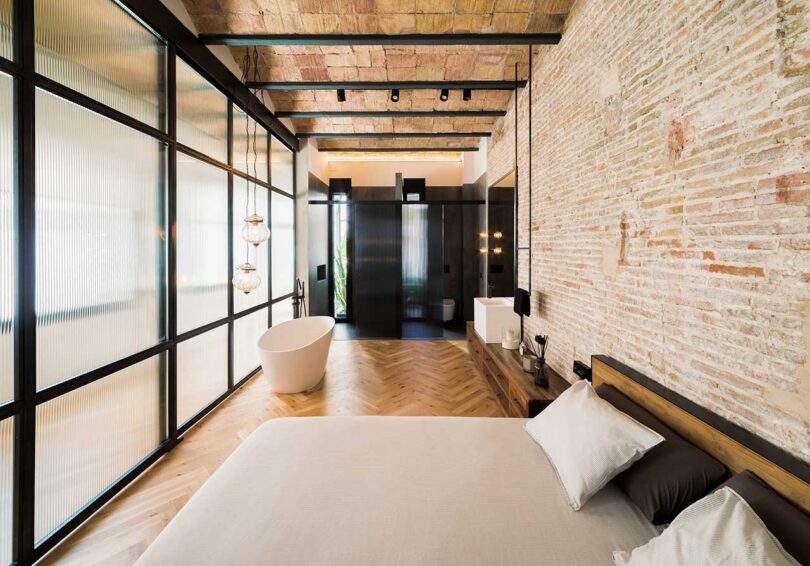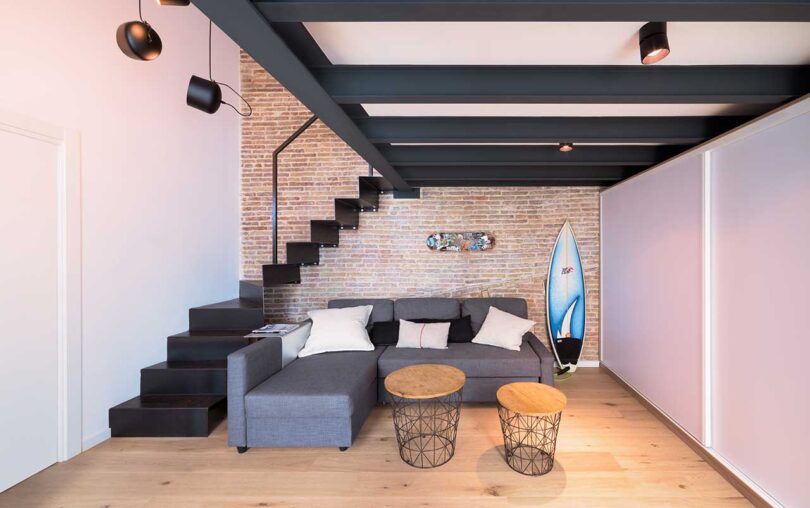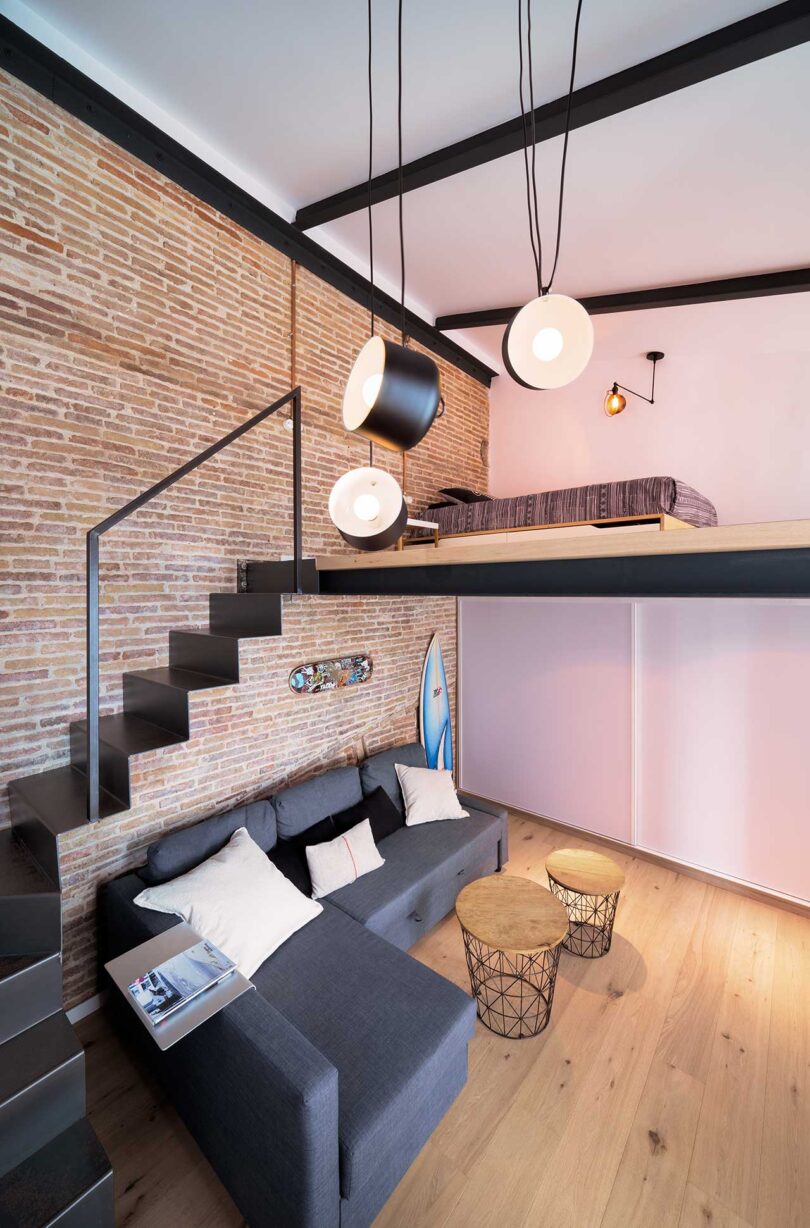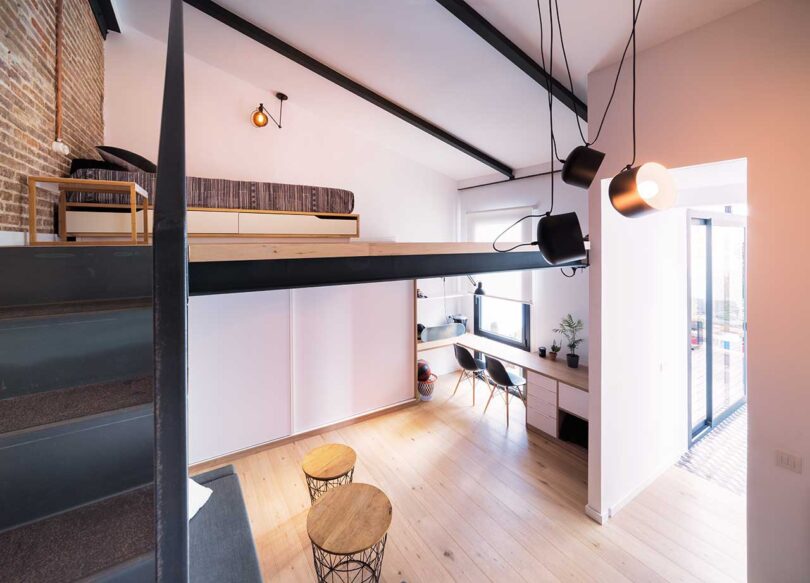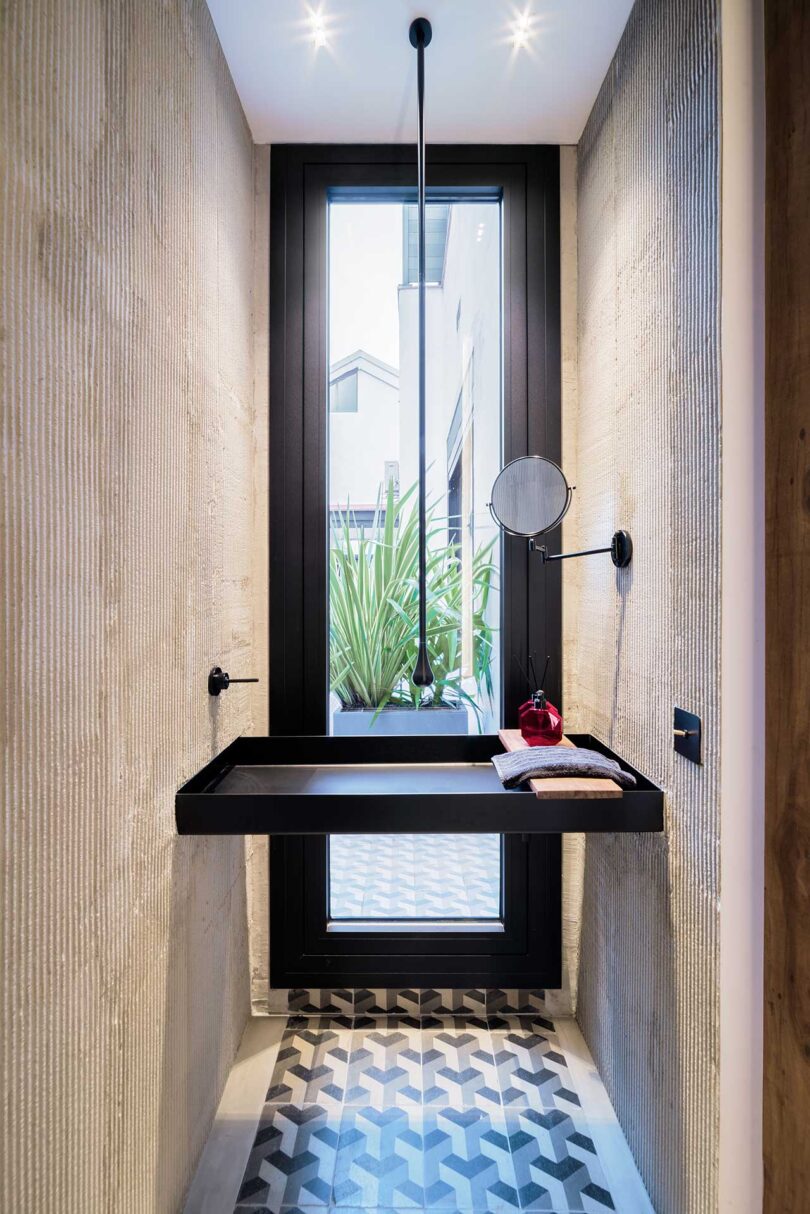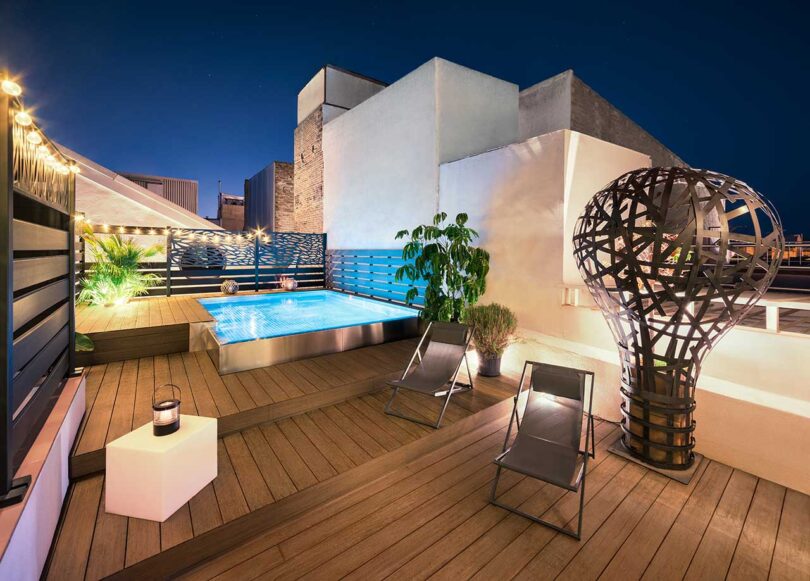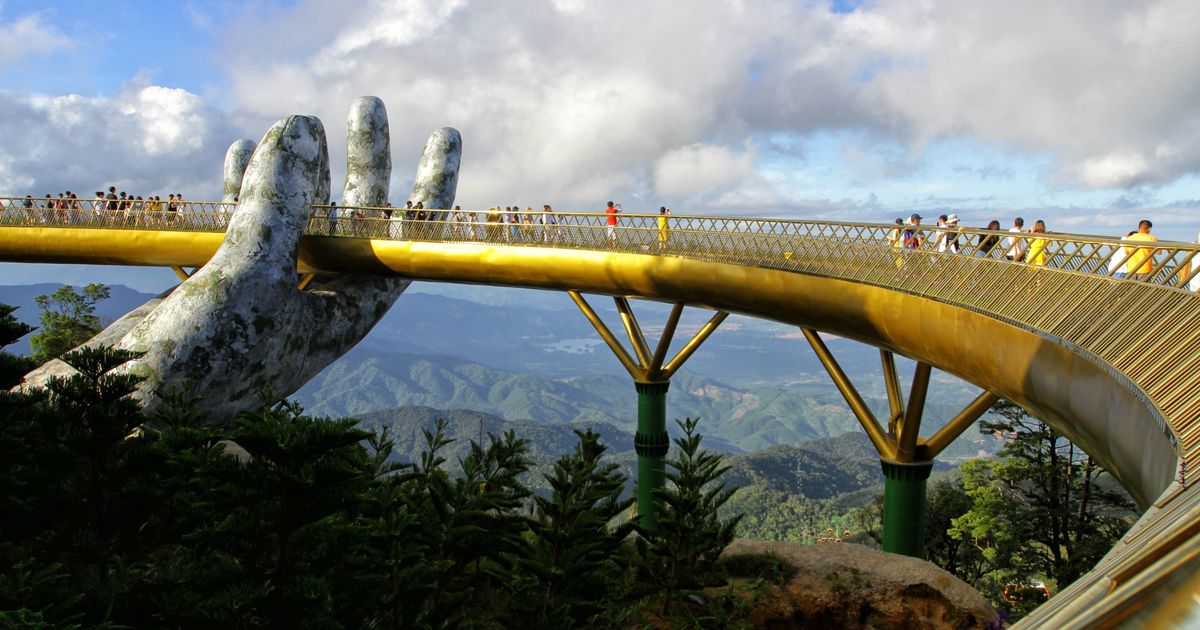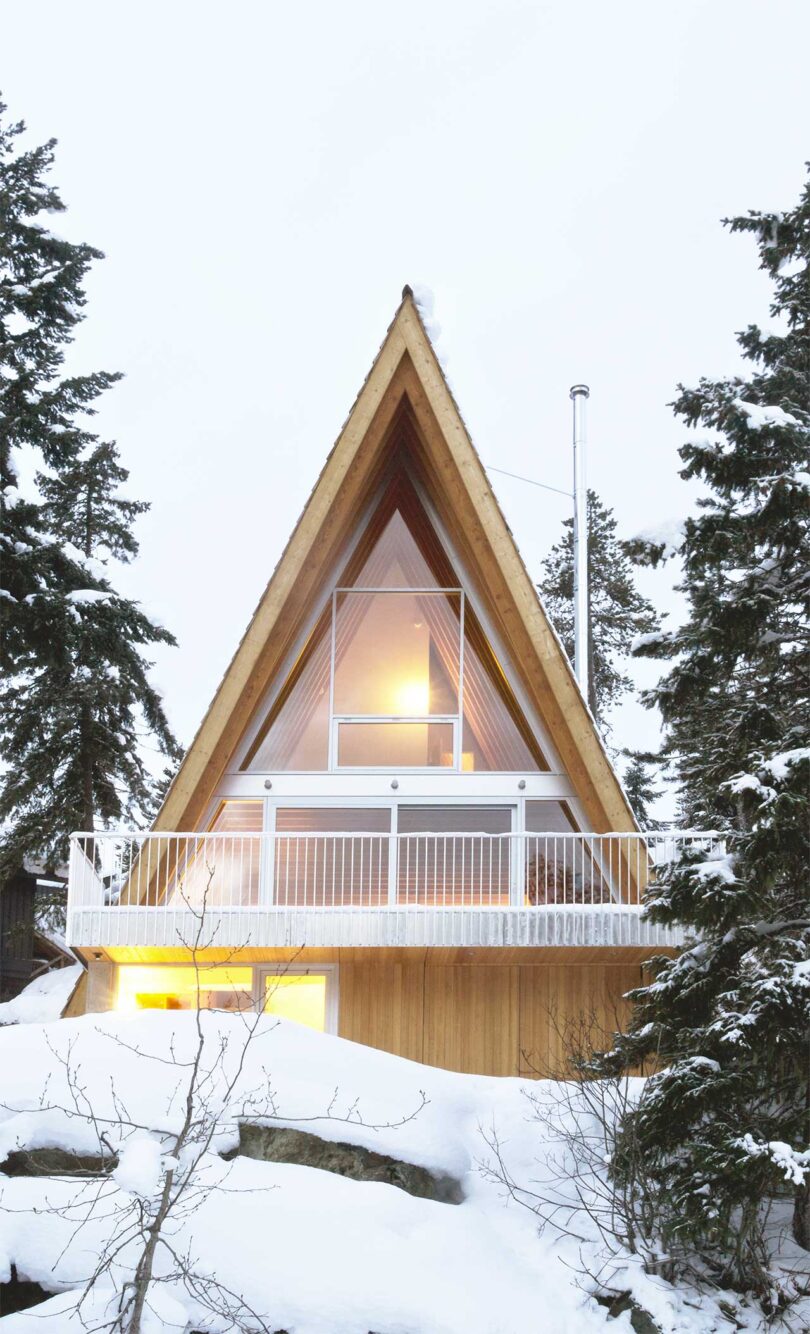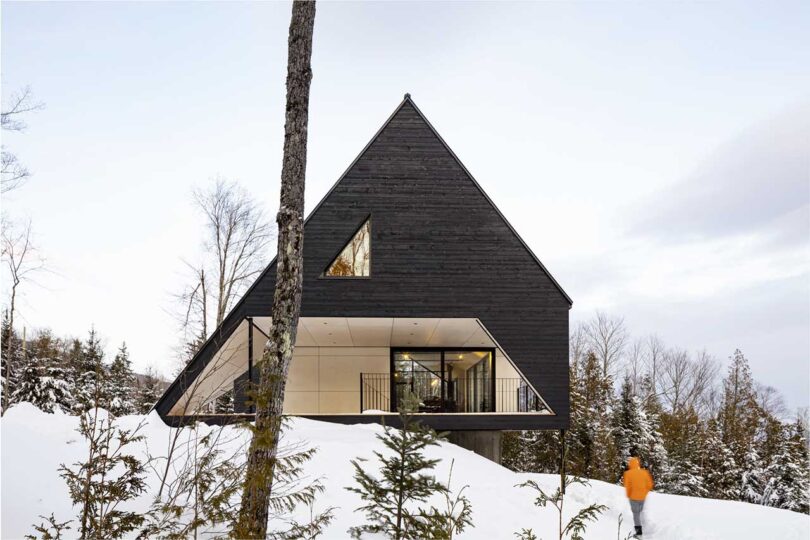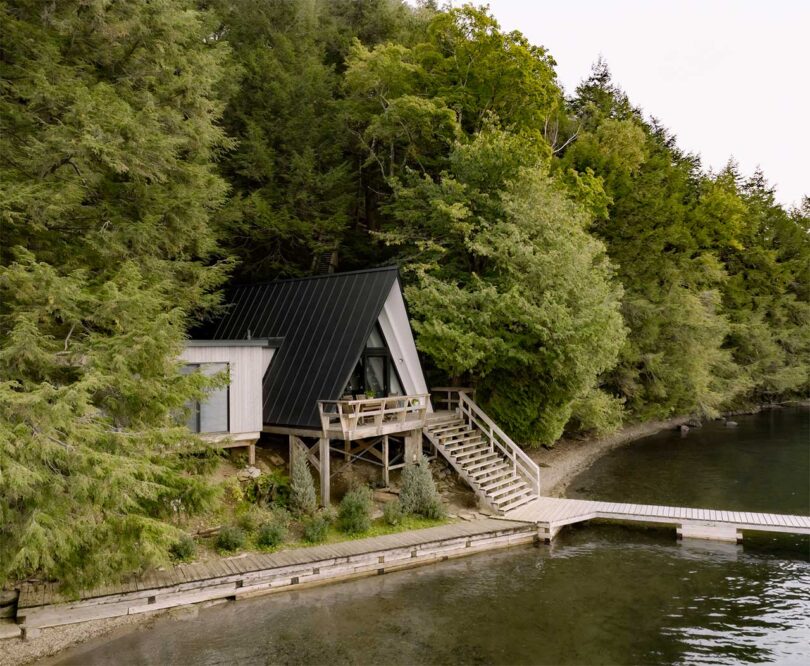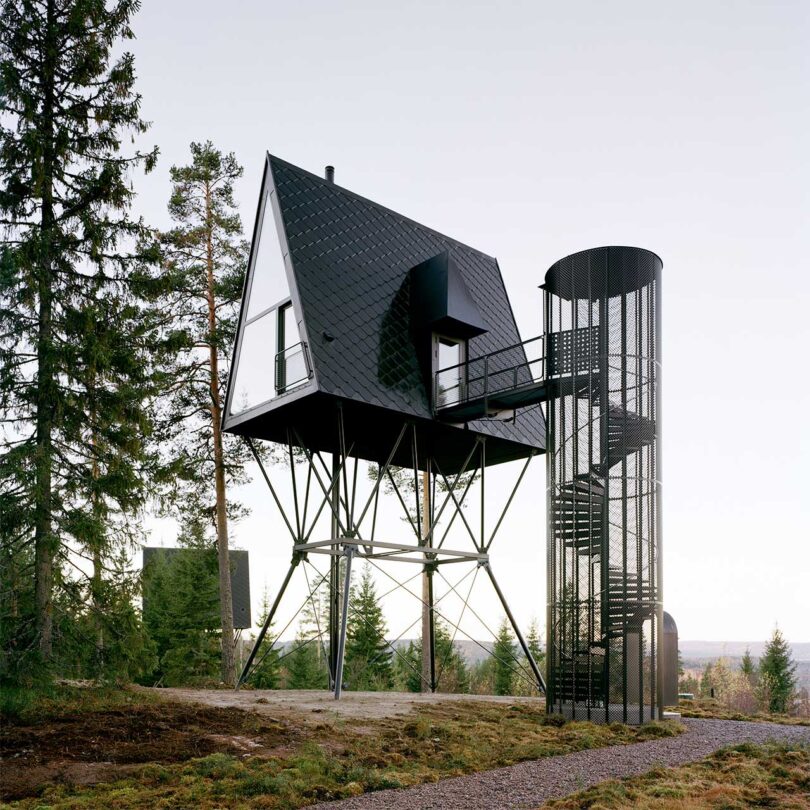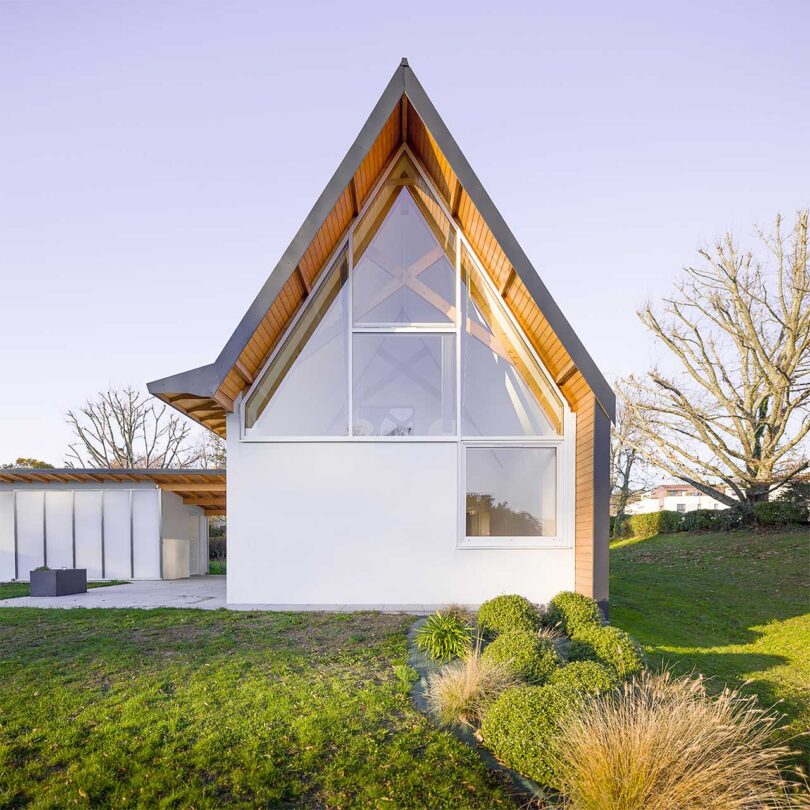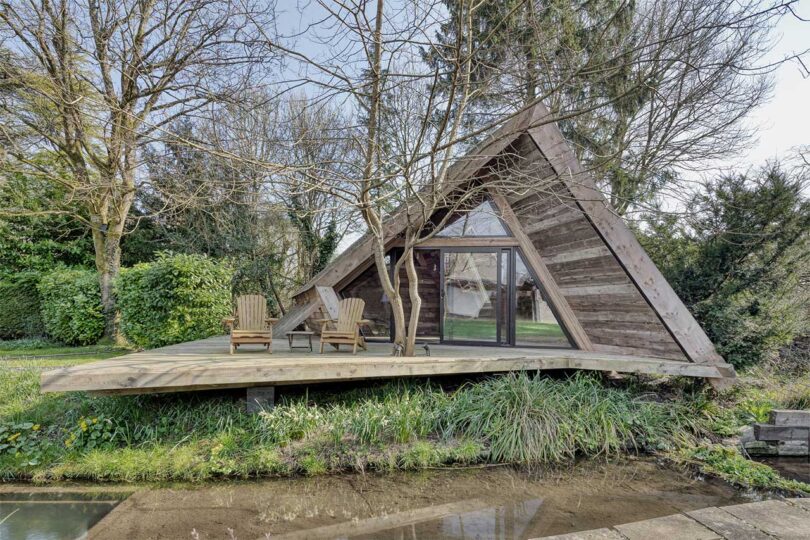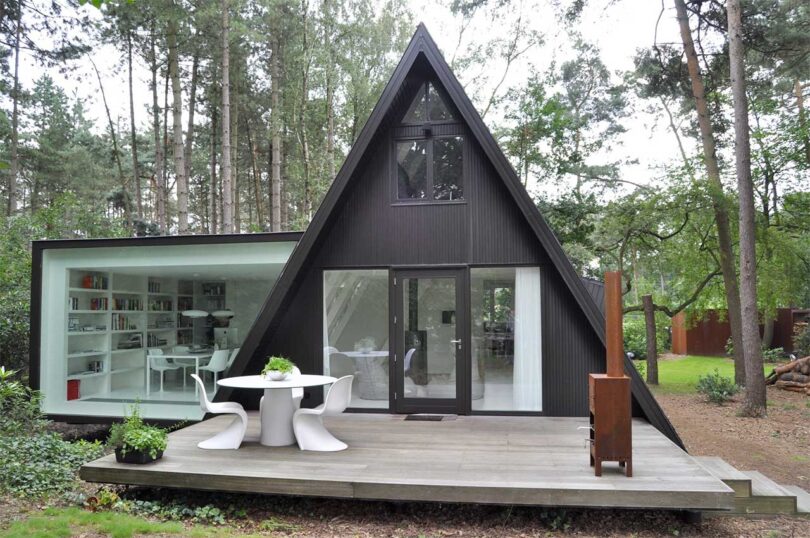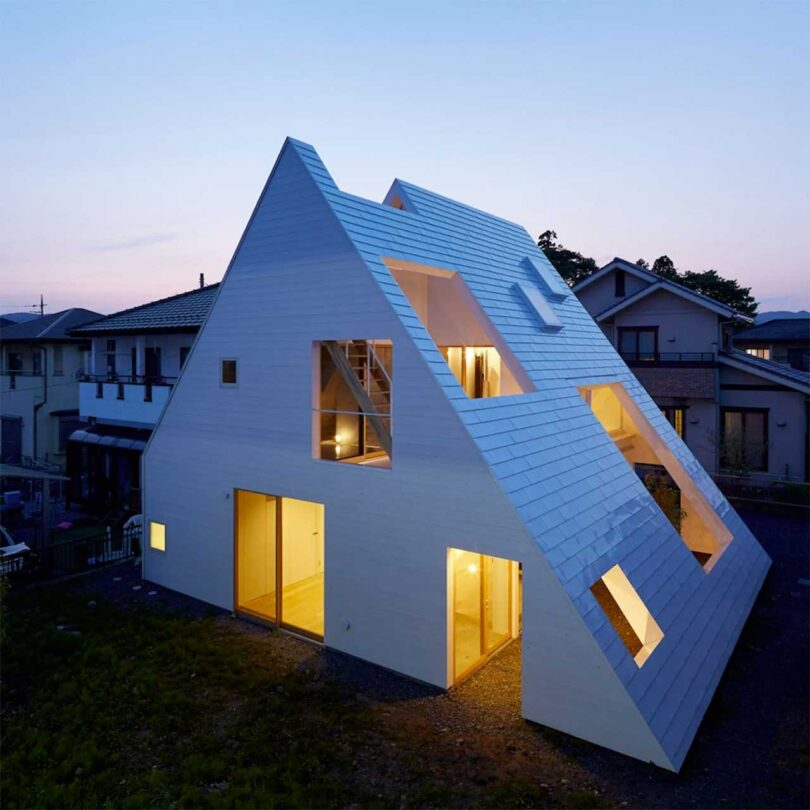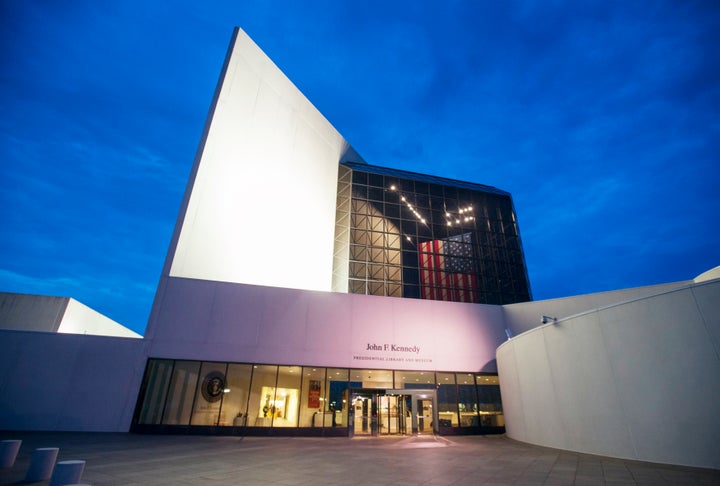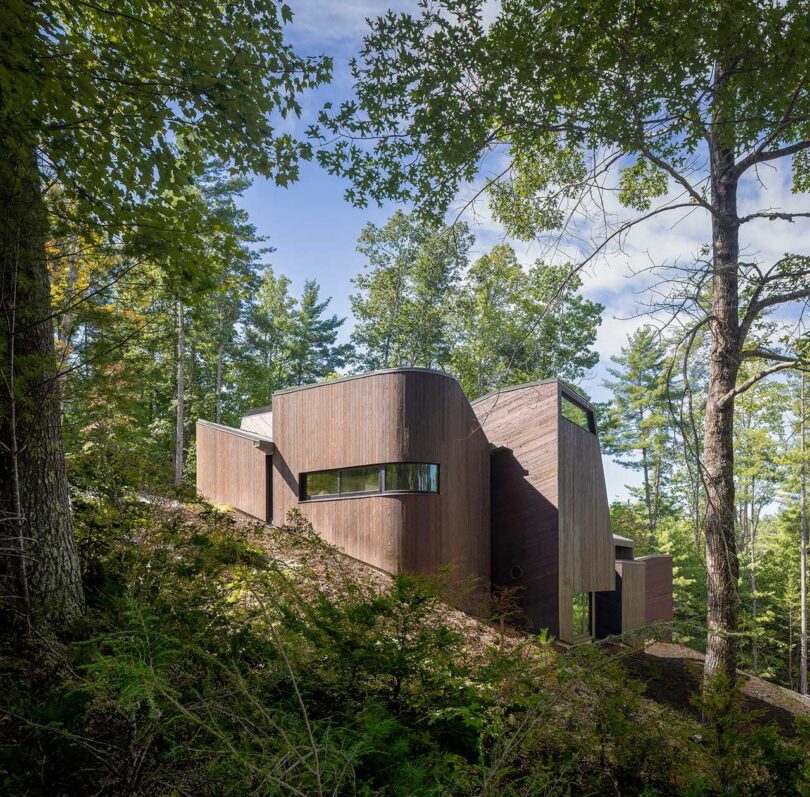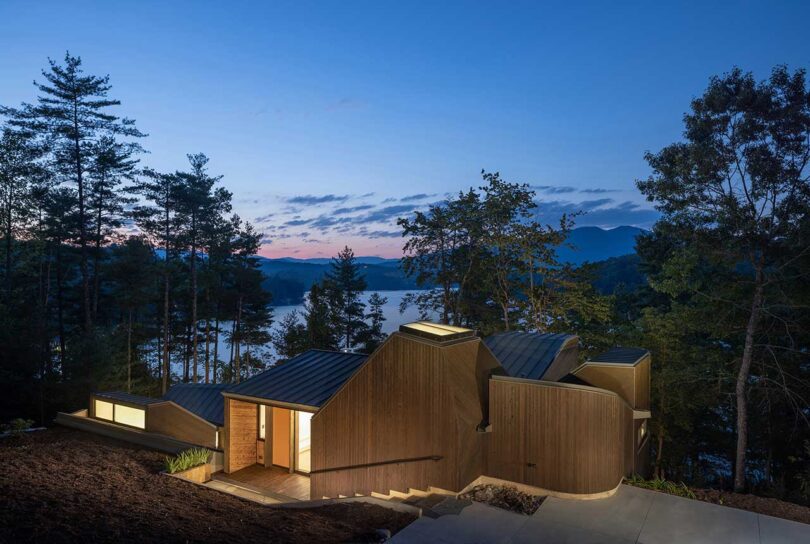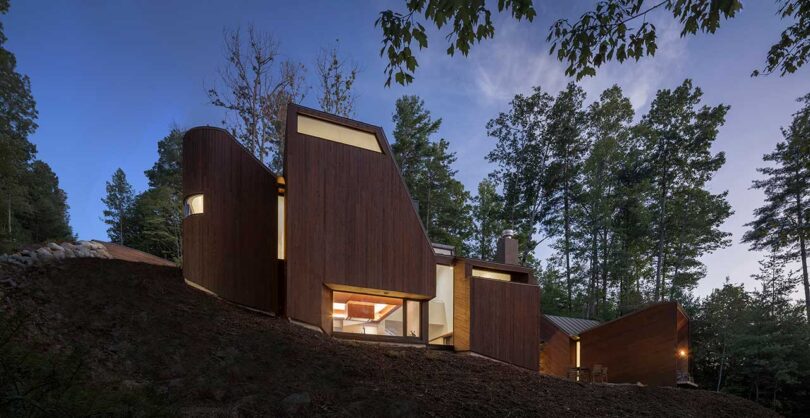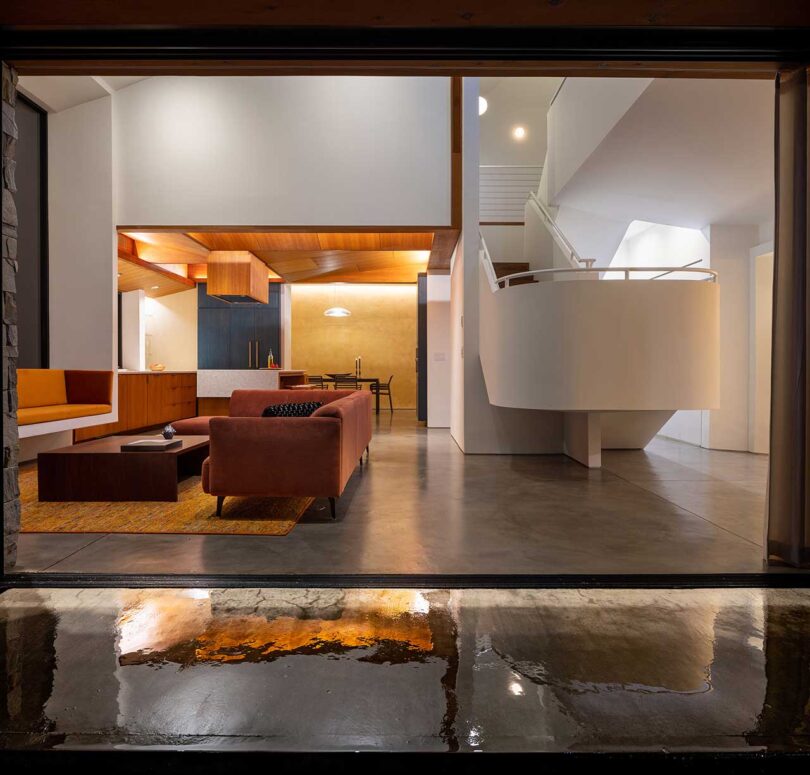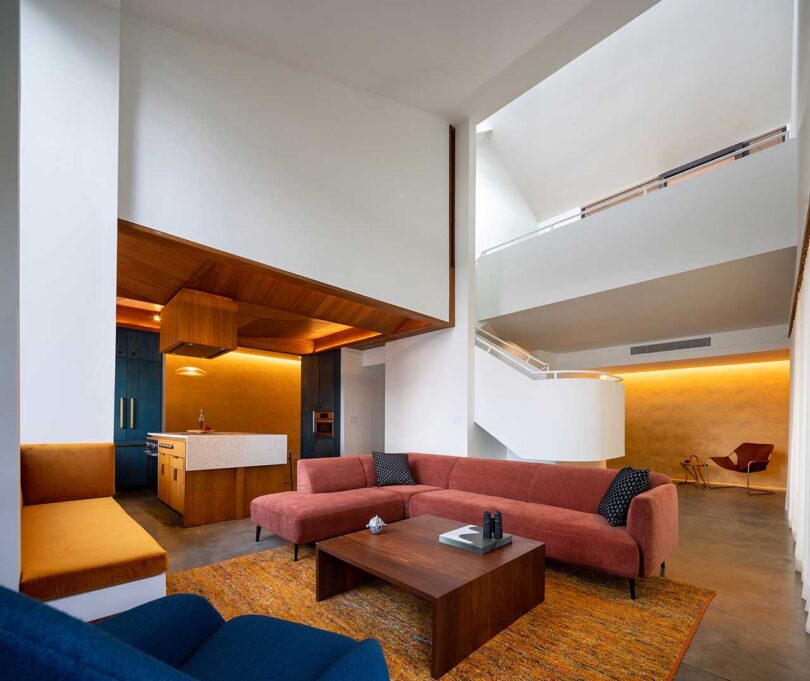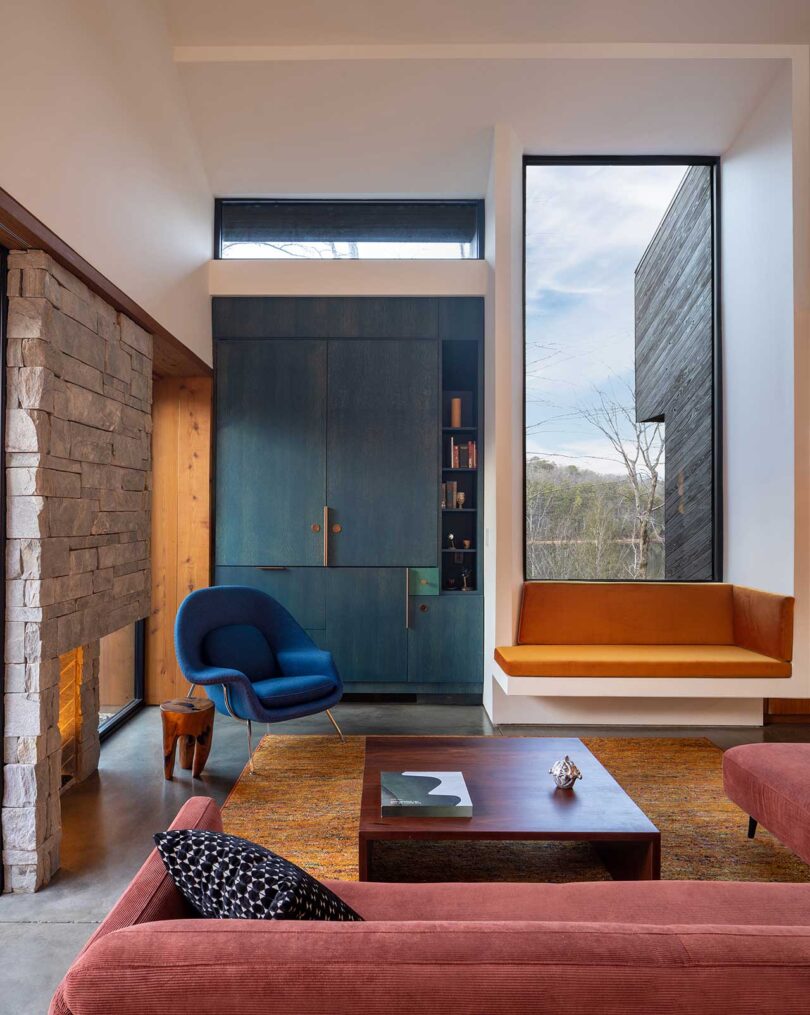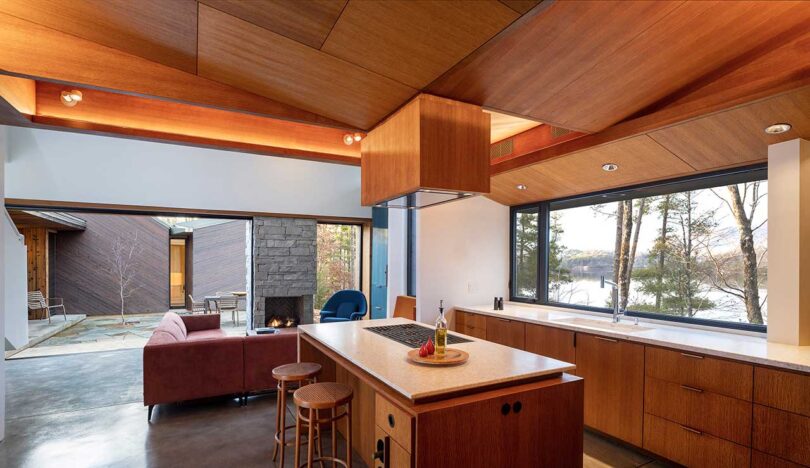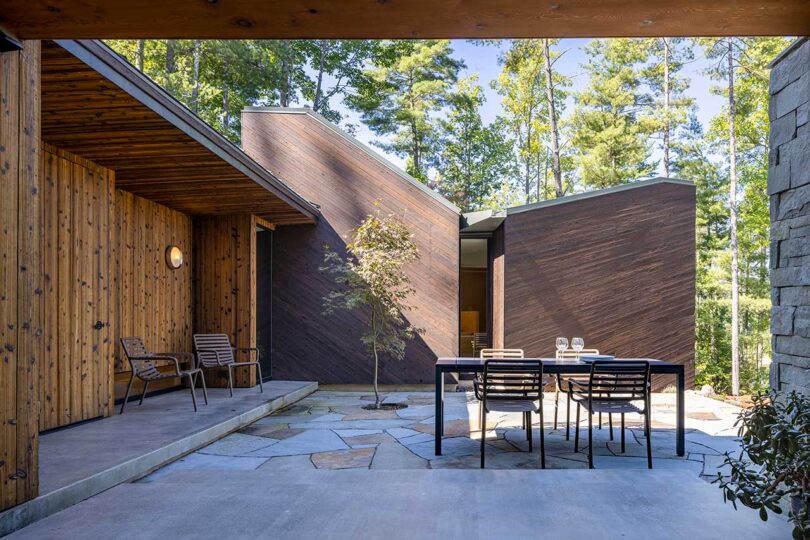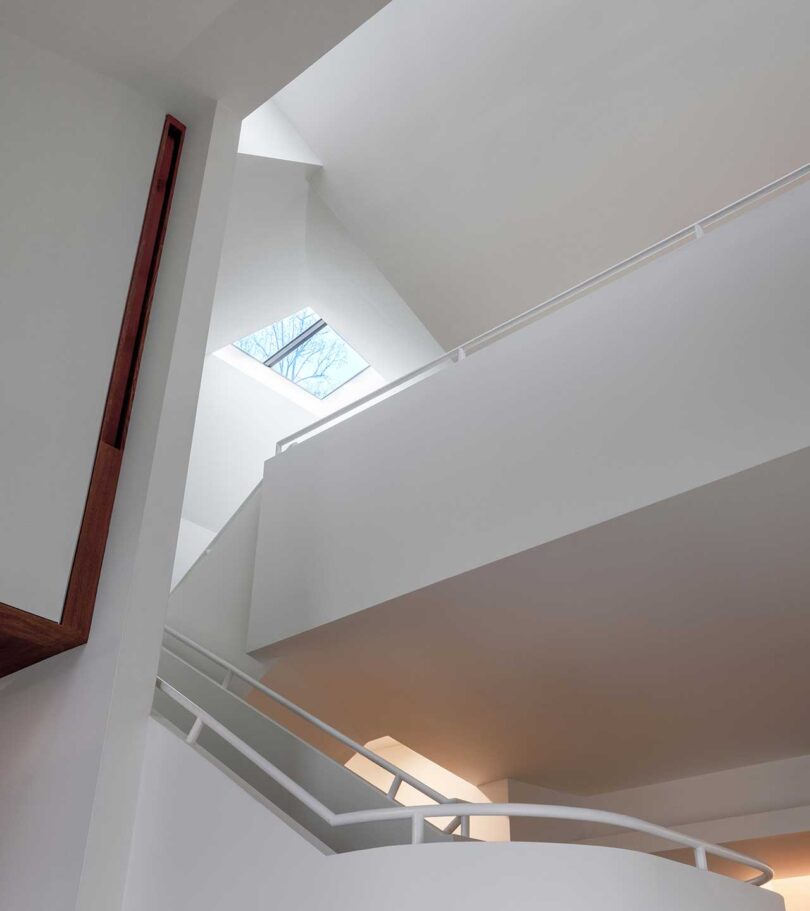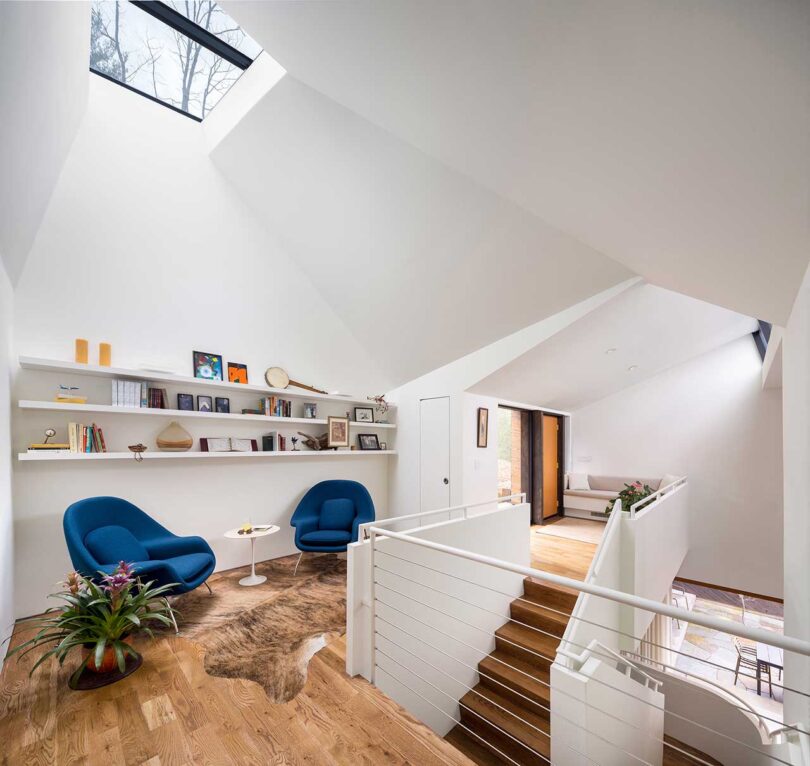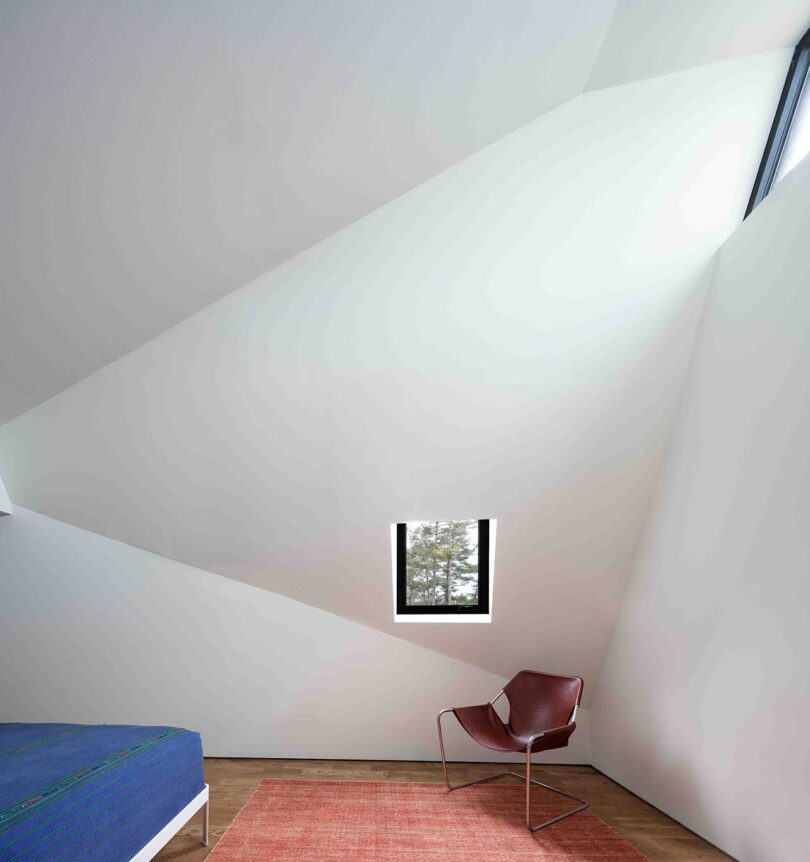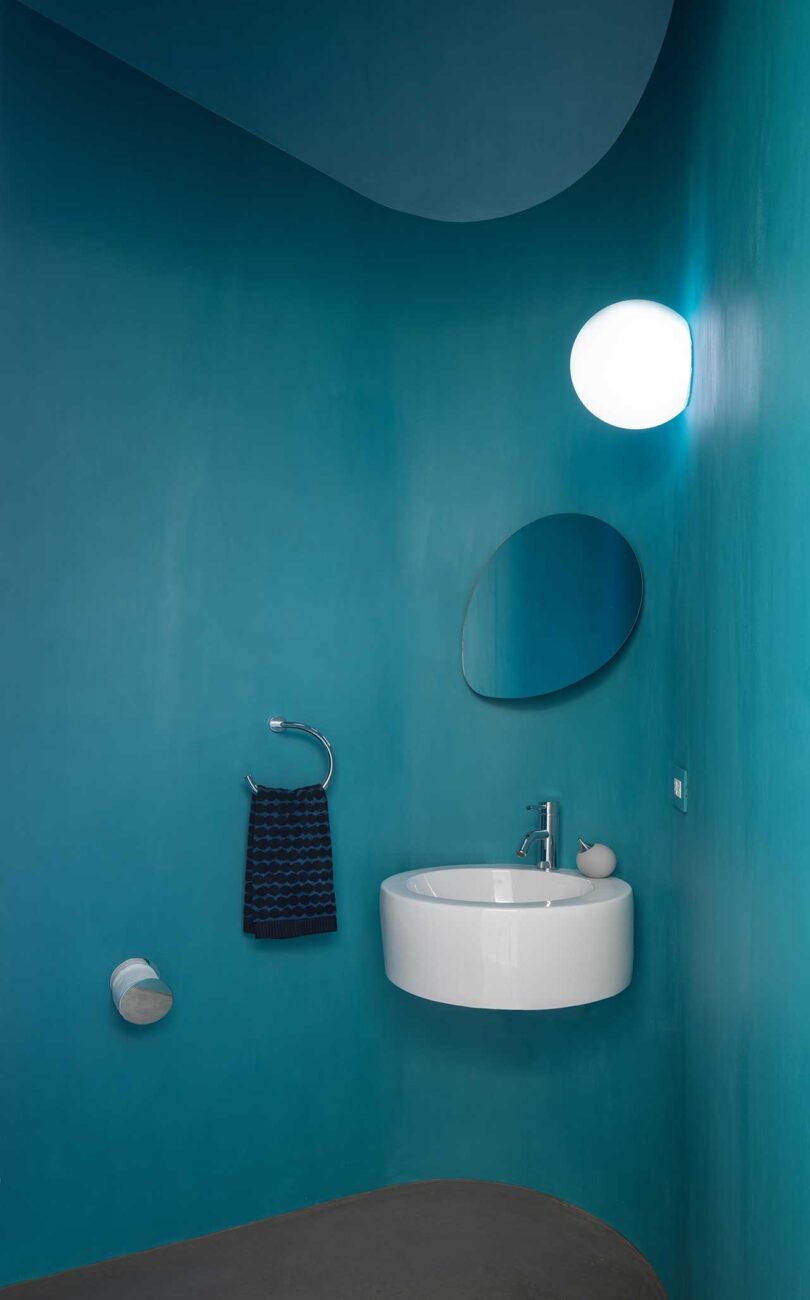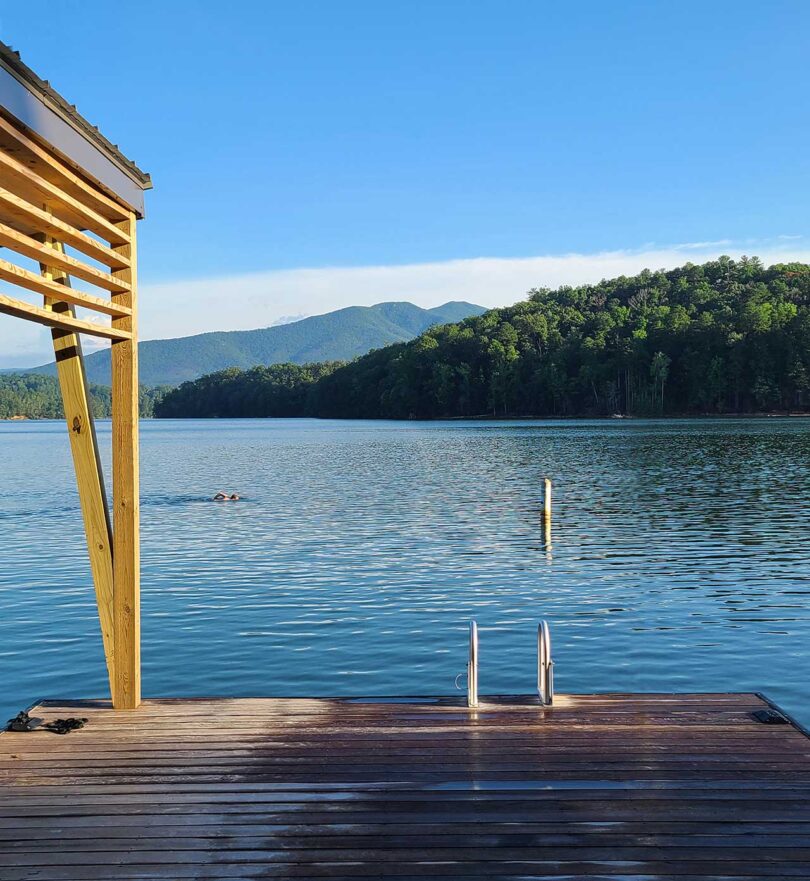Bikes, buses and bridges: Boris Johnson’s nine biggest design blunders | Architecture
[ad_1]
London bridge is falling down
It was the Kevlar-coated vanity project that could survive missiles of common sense fired from every direction. But the Garden Bridge’s aura of invincibility looks as if it might finally be wearing off.
UK transport secretary Chris Grayling is to decide this week whether to extend the £15m central government guarantee for the £175m project, currently due to expire in September, and he is understood to be considering every option. With capital spending coming under increasing scrutiny since the EU referendum, murmurs from Whitehall suggest that former mayor of London Boris Johnson is now the “lone voice” in the cabinet in support of the project.
His mayoral successor, Sadiq Khan, meanwhile, is clearly keen to find an expedient way out. A reluctant supporter of the bridge, based on the odd logic that it would cost more to cancel it, Khan suspended preparatory construction work in early July over fears that it would require more public money.
Before construction has even begun, the Garden Bridge Trust has somehow burned through more than half of the £60m of public funds earmarked for the project, and it still has a funding gap of roughly £32m. There’s little confidence that the bridge boosters have any idea how to fill this gap, let alone how to generate the income needed to cover the estimated £3m annual operating costs.
An independent report on the project’s business plan, published by Dan Anderson of the tourism consultancy Fourth Street, concluded it would have been “unlikely to pass muster for even a small grant from one of the traditional Lottery funds”. It was so flawed, Anderson told the Guardian, he believed the trust was going forward on the assumption that the taxpayer would bail it out if necessary.
Such is the unease surrounding how this costly “tiara” for the Thames got so far, it is now subject to four official inquiries. The National Audit Office has launched an investigation into the £30m given by the Department for Transport, Transport for London has appointed Ernst & Young to carry out an audit of its £30m, Sadiq Khan is scrutinising the procurement process and the Charity Commission has opened an “operational compliance” case into how on earth the trust is managing to spend all the money so quickly.
Whether the saga will grind on, or the £37m be written off in a puff of green-tinged smoke, the Garden Bridge will stand as the disastrous epitaph of an Ozymandian mayor who left the capital strewn with the wreckage of his own self-promotion, a city littered with forlorn relics of his botched backroom deals.
The empty dangleway
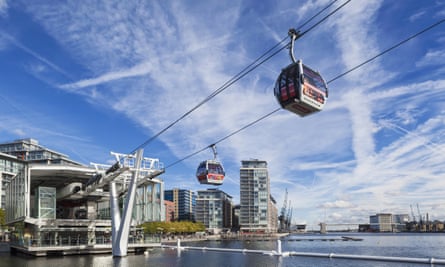
The first in a grand series of Boris Johnson’s novelty infrastructure projects that didn’t quite go according to plan, the Thames cable car was to be a “stunning addition to London’s transport network” – a vital link that would also be a thrilling attraction, with its £25m price tag paid for entirely by private sponsorship. Costs ballooned to £60m, £24m of which was picked up by the taxpayer, while the sponsor, Emirates airline, had its name tattooed on the tube map in perpetuity. Only after the dangleway was erected, and its Jestsons’-style cabins were slung across the river in the manner of a 1960s Expo park, did anyone realise there wasn’t actually much demand to travel between the Greenwich Peninsula and the Royal Docks. Just two years after it opened, it didn’t have a single regular user.
The sauna on wheels

As temperatures soared to 33.5C (92F) in parts of the UK last week, the true horror of Thomas Heatherwick’s mobile sweatbox was revealed, forcing customers to flee for fear of suffocating. The project that most encapsulates Johnson’s mayoralty, the New Routemaster was to represent a triumphant return to the glory days of London transport with a nostalgic design that would bring back conductors and a “hop on, hop off” back door, as well as be more fuel efficient – with all costs “borne by the industry”. In reality, Transport for London (TfL) footed the £11m development bill, while the finished bus cost twice as much as a regular double-decker. They lack openable windows, suffer from dodgy air conditioning, and have proved just as polluting as the old buses, while the promised second conductor was too expensive to implement, so the back door remains mostly closed.
Branded biking
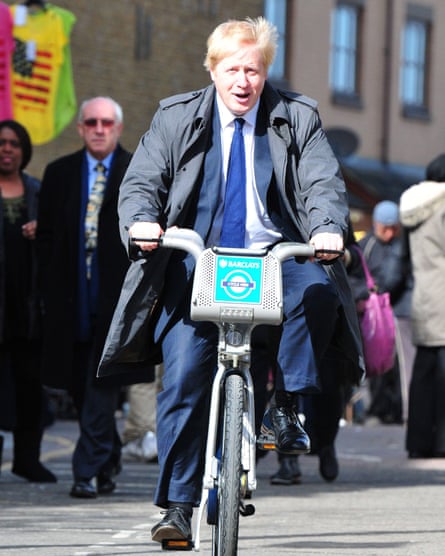
Although the cycle hire scheme was the plan of his predecessor Ken Livingstone, “Boris bikes” proved to have a better ring to it than “Ken’s cycles”. Once again, the project was intended to be rolled out “at no cost to the taxpayer”: in return for mountains of cash, Barclays bank would be allowed to transform London’s streets into an endless blue billboard with its branded “cycle superhighways”. In fact, the sponsorship deal, now handed over to Santander, covers a fraction of the running costs, leaving TfL with an £11m annual bill (the equivalent scheme in Paris makes £12m a year for the city).
The colossus of Stratford
Fearing that a “flat-pack” stadium set in the post-industrial wilds of the East End might not have quite the glamour needed for the global televised spectacle of the Olympic Games, Johnson hatched a plan. “We decided we needed something extra,” he said. “Something to arouse the curiosity and wonder of Londoners and visitors.”
The result, allegedly spawned from a chance meeting in the cloakrooms at Davos, was the ArcelorMittal Orbit, a knotted tangle of steel by Anish Kapoor that looms above the park as a monument to metal magnate Lakshmi Mittal, then the country’s richest man. Following the recurring theme, this privately sponsored “gift” has cost Londoners £10,000 a week to maintain. It was recently adorned with a £3m slide in the hope of recouping costs, finally giving this grotesque white elephant a function of sorts.
A compromised Olympic-scape
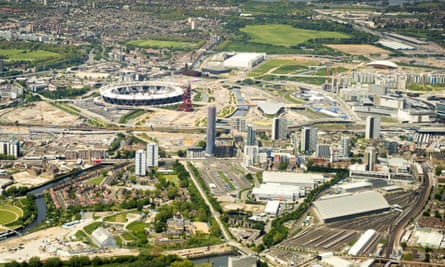
A glory hard-won by his predecessor, Johnson nonetheless basked in the success of the 2012 Games, declaring himself chair of the London Legacy Development Corporation and taking credit for the miraculous regeneration of the entire Lower Lea Valley. Yet, under Johnson, the promised legacy plan took on a very different character. The pledge of 10,000 new homes mysteriously dwindled to 6,000 in the park. The athletes’ village, built at a cost of £1.1bn, was sold for about half that price to Qatar. The promise of 50% affordable homes, with sites set aside for community-led housing projects, also evaporated: plots have instead been sold to the usual volume house builders, with affordable levels reaching a maximum of 30%.
A plague of tacky towers
Drab, featureless and phallocratic is how Johnson described the rash of 27 tall buildings that Ken Livingstone had waved through, a pox that was fast threatening to turn London into “Dubai-on-Thames”. His solution? If you can’t beat ’em, join ’em. At the end of his tenure, there are a further 436 towers in the pipeline, scattered indiscriminately from Bermondsey to Battersea and beyond. Slammed by former City planning chief and tower cheerleader Peter Rees as “piles of safe-deposit boxes”, they are of an architectural quality that plumbs the depths of even the most venal speculative developers’ pattern books. One silver lining of the Brexit doom-cloud: many of them may now be halted.
Unaffordable housing
Johnson boasts that he built more affordable homes in his two terms than Livingstone ever managed – a statistic that conveniently ignores that the definition of “affordable” was utterly transformed during his tenure. Previously linked to local incomes, it now means anything up to 80% of market rate – by no means affordable to the majority of Londoners. Westminster council warned Johnson the new policy would require council tenants in a three-bedroom home in the borough to have an annual income of £109,000, while noting half its social rented households receive an income of less than £12,000 a year. Johnson also abandoned Livingstone’s 50% affordable target, allowing developers to hide behind their confidential viability assessments to justify levels as low as 10%.
Abuse of the planning system
The mayor has the power to “call in” major schemes deemed to be of “strategic importance” to London and overturn decisions made by the local planning authority. Of the 14 schemes Johnson called in, 13 were decided in favour of the developer, betraying a hunger to bolster his figures no matter what the cost to the local area. Almost two-thirds of developments breached the mayor’s own density guidelines. From Convoys Wharf to Mount Pleasant, Johnson ended up using his powers to actively prevent councils from providing low-rented housing where there was urgent local need for it, while setting a dangerous precedent for bypassing the democratic planning process. The result: a city where developers call the tune.
[ad_2]
Source link


